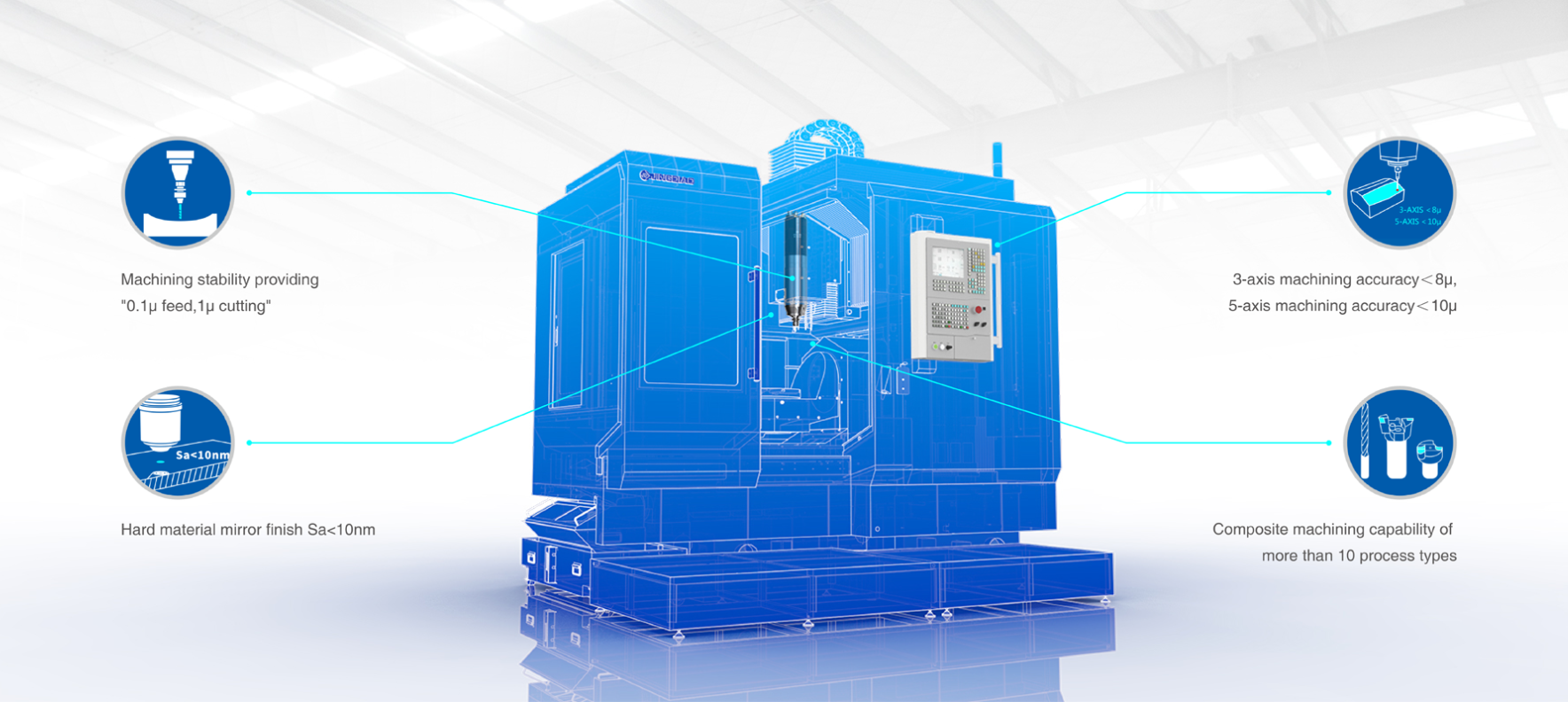
With 5-axis simultaneous machining, the Okuma MU-4000V enables manufacturers to produce complex, high-precision parts faster and with less operator involvement.
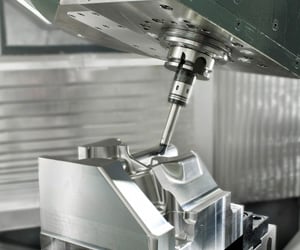 Investing in a 5-axis CNC machine can open doors to greater productivity, reduced capital investment, lower operator-cost-per-part and the opportunity to accept work from customer previously unavailable to you. How is this possible? Because simultaneous 5-axis machining provides all of these benefits:
Investing in a 5-axis CNC machine can open doors to greater productivity, reduced capital investment, lower operator-cost-per-part and the opportunity to accept work from customer previously unavailable to you. How is this possible? Because simultaneous 5-axis machining provides all of these benefits:
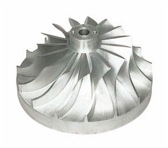 For most manufacturers investing in any CNC machine tool is a major decision, and well it should be. Operating costs continue to rise while competition and customer demands can drive profit margins down. So investing in new equipment is a serious proposition. Yet sometimes, in an effort to keep the initial investment to a minimum, some shops fail to see the bigger picture. Take 5-axis CNC machining centers for example. Some shops see 5-axis as overkill based on the way they’ve always operated. Yet there are many substantial reasons why investing in a 5-axis machine may be the most cost-effective move you can make. Here are 7 of them:
For most manufacturers investing in any CNC machine tool is a major decision, and well it should be. Operating costs continue to rise while competition and customer demands can drive profit margins down. So investing in new equipment is a serious proposition. Yet sometimes, in an effort to keep the initial investment to a minimum, some shops fail to see the bigger picture. Take 5-axis CNC machining centers for example. Some shops see 5-axis as overkill based on the way they’ve always operated. Yet there are many substantial reasons why investing in a 5-axis machine may be the most cost-effective move you can make. Here are 7 of them:
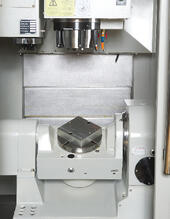 Hardinge Inc., a leading international provider of advanced metal-cutting solutions, announces the release of two all-new Bridgeport 5-Face (4+1) Vertical Machining Centers – the GX 250 5F and GXR 320 5F. These new 4+1 axis vertical machining centers are high quality machine tools designed to achieve maximum capacity and performance in the job shop, OEM, aerospace, medical, electronic, defense, automotive and power generation industries, as well as many other manufacturing sectors.
Hardinge Inc., a leading international provider of advanced metal-cutting solutions, announces the release of two all-new Bridgeport 5-Face (4+1) Vertical Machining Centers – the GX 250 5F and GXR 320 5F. These new 4+1 axis vertical machining centers are high quality machine tools designed to achieve maximum capacity and performance in the job shop, OEM, aerospace, medical, electronic, defense, automotive and power generation industries, as well as many other manufacturing sectors.
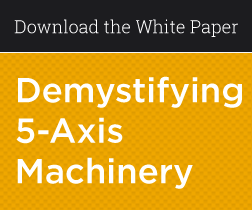 Investing in a 5 axis machining center makes good economic sense for many CNC machine shops. With over 60% of parts produced requiring machining on 5 sides, a 5 axis machine can save operator time per part, costly special fixtures and tools, and precious floor space. It will also increase your spindle usage and your ability to accept more complex parts orders.
Investing in a 5 axis machining center makes good economic sense for many CNC machine shops. With over 60% of parts produced requiring machining on 5 sides, a 5 axis machine can save operator time per part, costly special fixtures and tools, and precious floor space. It will also increase your spindle usage and your ability to accept more complex parts orders.
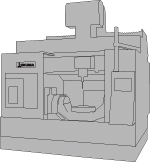 The benefits of 5-axis machining are well known to many manufacturers. Unlike traditional 3- and 4-axis machines, 5-axis simultaneous machining eliminates multiple special fixtures and considerable operator time required to move parts from one machine to another and set up the parts in between machining cycles. With true 5-axis capability you can completely machine a part in one cycle, often without any special fixtures, and with no costly operator intervention.
The benefits of 5-axis machining are well known to many manufacturers. Unlike traditional 3- and 4-axis machines, 5-axis simultaneous machining eliminates multiple special fixtures and considerable operator time required to move parts from one machine to another and set up the parts in between machining cycles. With true 5-axis capability you can completely machine a part in one cycle, often without any special fixtures, and with no costly operator intervention.
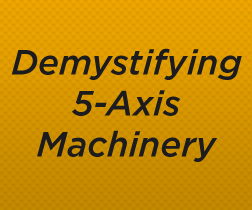 Dayton, OH – A free white paper detailing how 5-axis machining provides manufacturers the opportunity to reduce production costs and expand their capabilities can be downloaded from the Gosiger Web site.
Dayton, OH – A free white paper detailing how 5-axis machining provides manufacturers the opportunity to reduce production costs and expand their capabilities can be downloaded from the Gosiger Web site.
 In your travels around McCormick Place for IMTS 2012 (September 10 – 15) be sure to visit the Gosiger, Inc. and Okuma booths. In either location you’ll find Gosiger applications experts ready to talk about all of your manufacturing needs including 5-axis machining.
In your travels around McCormick Place for IMTS 2012 (September 10 – 15) be sure to visit the Gosiger, Inc. and Okuma booths. In either location you’ll find Gosiger applications experts ready to talk about all of your manufacturing needs including 5-axis machining.
Also referred to as universal machining, 5-axis machining offers significant ways to increase productivity even if you don’t perform 5-axis simultaneous machining. The fact is that 60% of parts are only machined on 5 sides, so by using a 5-axis machining center you can completely machine a part in one cycle, often without any special fixtures, and with no costly operator intervention. On the other hand, a CNC machine tool without 5-axis capability typically requires multiple special fixtures and considerable operator time to move the part from one machine to another and set up the parts in between machining cycles.
 Gosiger is dedicated to providing the right CNC machine for your production goals. We offer a variety of high-quality CNC machine options including 5-axis CNC machining centers. A 5-axis machining center provides many advantages over traditional machining centers with fewer axes.
Gosiger is dedicated to providing the right CNC machine for your production goals. We offer a variety of high-quality CNC machine options including 5-axis CNC machining centers. A 5-axis machining center provides many advantages over traditional machining centers with fewer axes.